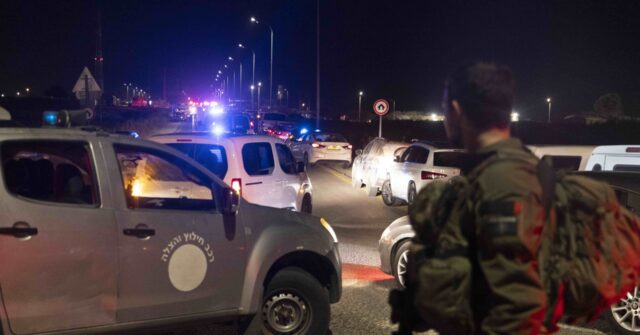On a recent Sunday, Hezbollah executed a drone attack that targeted an Israel Defense Forces (IDF) base located near Binyamina, south of Haifa, resulting in tragic casualties. The drone struck the base’s dining hall, leading to the deaths of four soldiers, all aged 19, who were undergoing combat training, and leaving seven critically injured and an additional fourteen with various injuries. This incident marked a significant escalation in hostilities between Hezbollah and Israel, demonstrating the potential lethality of Hezbollah’s drone capabilities despite a history of operational challenges. Notably, one of the two drones launched in this operation evaded detection by Israeli aerial defenses, underscoring the potential vulnerabilities in Israel’s defense systems.
Hezbollah framed this operation as a direct response to escalating Israeli military actions, particularly citing recent airstrikes in Beirut and other Lebanese regions. According to Iran’s PressTV, Hezbollah referred to the operation as a “swarm of attack drones,” heralding it as a message to Israel amid ongoing tensions. In a statement that followed the attack, Hezbollah claimed that the events witnessed in southern Haifa were merely a preview of what Israel could expect if it didn’t cease its offensive against Hezbollah positions and leaders. This rhetoric emphasizes Hezbollah’s commitment to retaliate against perceived aggressions by Israel, suggesting that future confrontations may be looming if conditions do not improve.
In the broader context of the ongoing conflict, it is essential to examine the state of Hezbollah against the backdrop of recent hostilities with Israel. Over the past month, Hezbollah has faced considerable pressures and losses, diminishing its operational capabilities in the face of a relentless Israeli campaign. The IDF has made significant advancements into southern Lebanon, targeting Hezbollah infrastructure, including rocket launchers and weapon caches, leading to the deaths of countless Hezbollah operatives. The successes on the part of the IDF highlight the stark contrast between Hezbollah’s bold claims of retaliation and its actual military efficacy.
Despite the drone attack’s initial depiction, it can be seen as an anomaly, given the overall trajectory of Hezbollah’s engagement in the conflict thus far. The organization, while often touted as a formidable adversary, has struggled to maintain its effectiveness against Israel’s superior military resources and strategic insights. The drone strike against the IDF base, while successful in its execution, serves more as a symbolic gesture than a major turning point in the conflict. It illustrates the challenges Hezbollah faces as its operational capacity continues to wane under Israeli military pressure.
Hezbollah’s leadership, aware of their diminished standing and the precarious situation, has invoked aggressive rhetoric in an attempt to galvanize support among their base and project strength against Israel. This messaging strategy aims to reassure their supporters that they remain a viable force capable of inflicting damage on their adversaries, even in the face of adversity. However, the effectiveness of these communications may be undermined by the realities on the ground, where Hezbollah’s operational losses speak louder than their promises of retaliation.
In conclusion, the drone attack on the Israeli base reflects both the tactical capabilities of Hezbollah and the challenges it faces amid intensifying conflict with Israel. While the incident resulted in significant casualties and garnered attention as a rare success for Hezbollah, it is largely overshadowed by the broader narrative of the group’s gradual decline in operational capacity. As the IDF continues its campaign in southern Lebanon, the balance of power remains clearly tilted, posing significant questions about Hezbollah’s future actions and Israel’s role in shaping the ongoing dynamics of the conflict.

